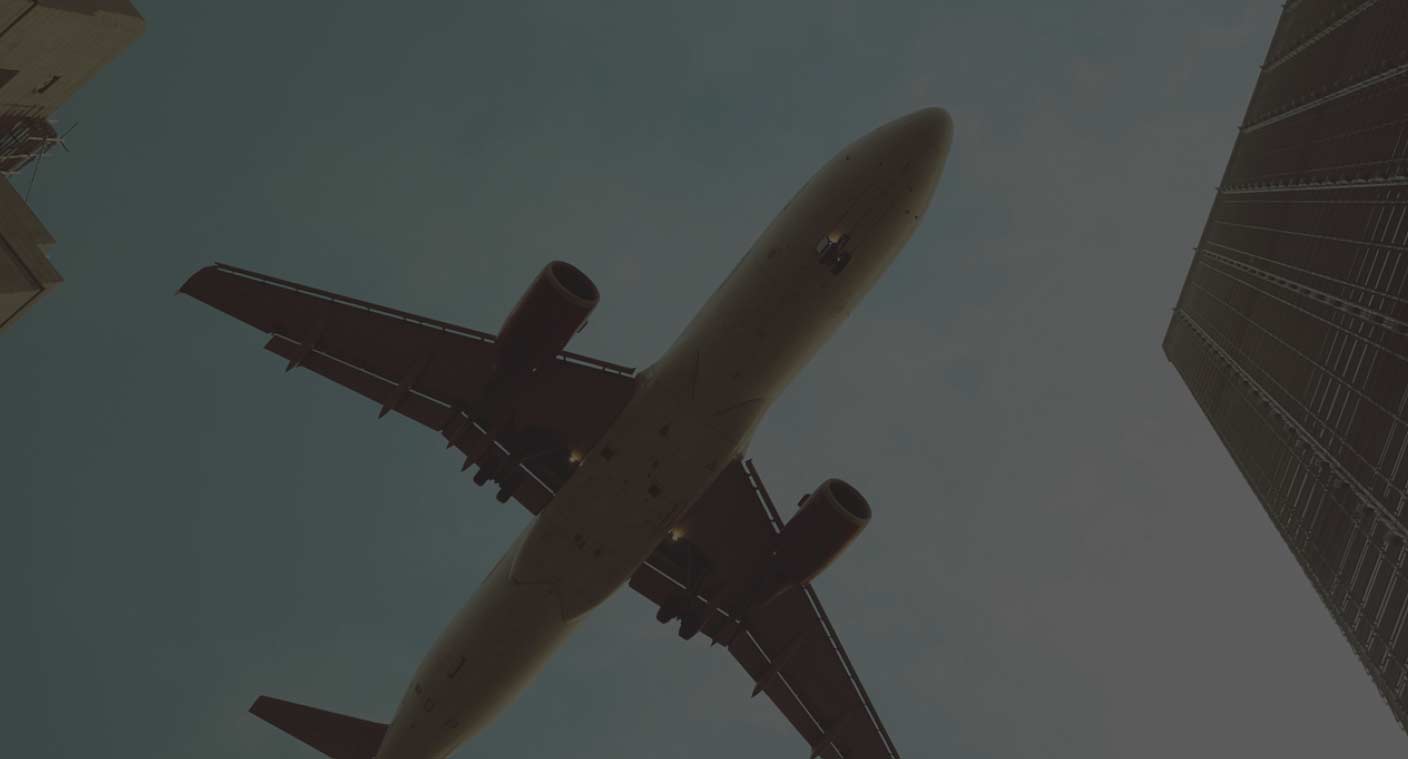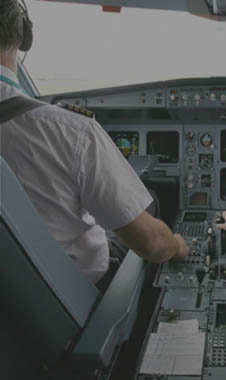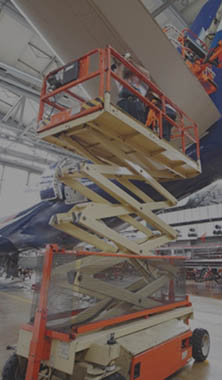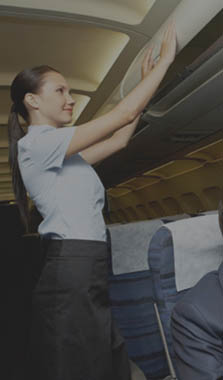New course release: Flight Path Management at High Altitudes
infoWERK has developed a new course "Flight Path Management at high altitude", addressing the required knowledge on Flight Path Management during unreliable airspeed indication and other failures at high altitude.
As per AMC1 ORO.FC.120&130, operators above FL300 must integrate such training into their conversion and recurrent training programs.
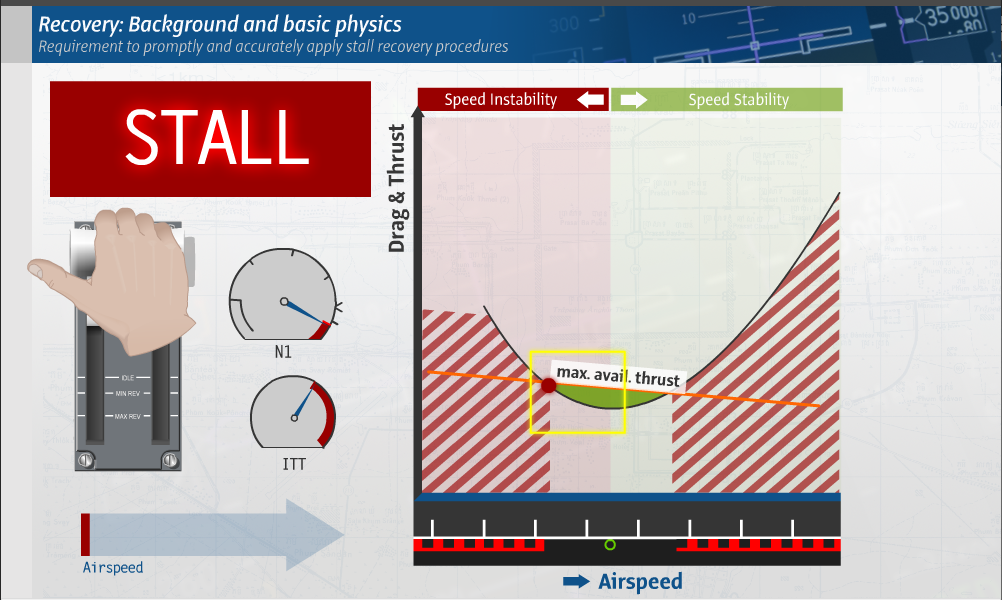
The new Flight Path Management at High Altitudes course is available for initial and recurrent training. The course covers the following elements which shall be covered over a period not exceeding 3 years: (for recurrent training)
- High-Altitude Flight Physics: Gain an in-depth understanding of flight physics principles specific to high altitudes. Re-visit critical concepts such as the proximity of the critical Mach number and stall speed, pitch behavior, and the angle of attack compared to low-altitude flight.
- Automation Interaction: Review the consequences of automation failures leading to autopilot disconnection. Learn how to navigate these situations effectively, considering the failure of autopilot, flight director, and auto-throttle/auto-thrust systems.
- Handling Unreliable Airspeed and Failures: Develop the skills to promptly identify and respond to unreliable airspeed indications and other failures at high altitudes. Learn the effect of control inputs to ensure the aircraft remains within a safe envelope.
- Fly-by-Wire (FBW) Degradation: Understand the impact of FBW flight control law/mode degradation on aircraft stability and flight envelope protections, including stall warnings. Acquire strategies to manage these situations successfully.
- Stall Recovery Procedures: Master the prompt and accurate execution of stall recovery procedures as provided by the aircraft manufacturer. Differentiate between high-altitude and low-altitude stalls, and address them effectively.
- Manual Control Takeover: Familiarize yourself with procedures for taking over and transferring manual control, particularly for FBW aircraft with independent side-sticks.
- Task Sharing and Crew Coordination: Enhance crew coordination and task sharing in high-workload and high-stress conditions. Remember effective call-outs and acknowledgements to confirm changes in flight control law/mode.
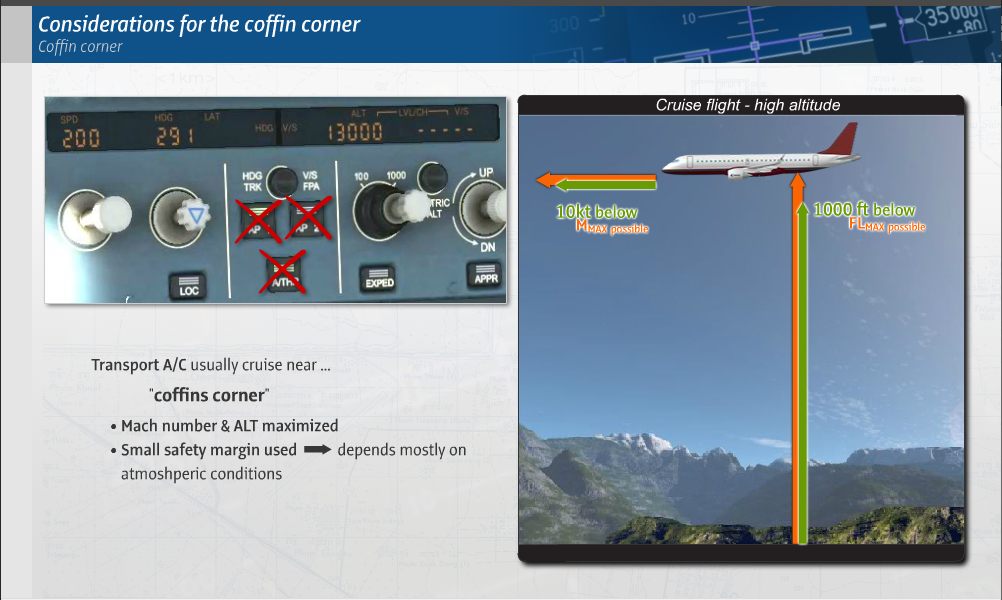
Future customers may apply changes to these course modules to meet their specific operational requirements.
For more information please contact us.


